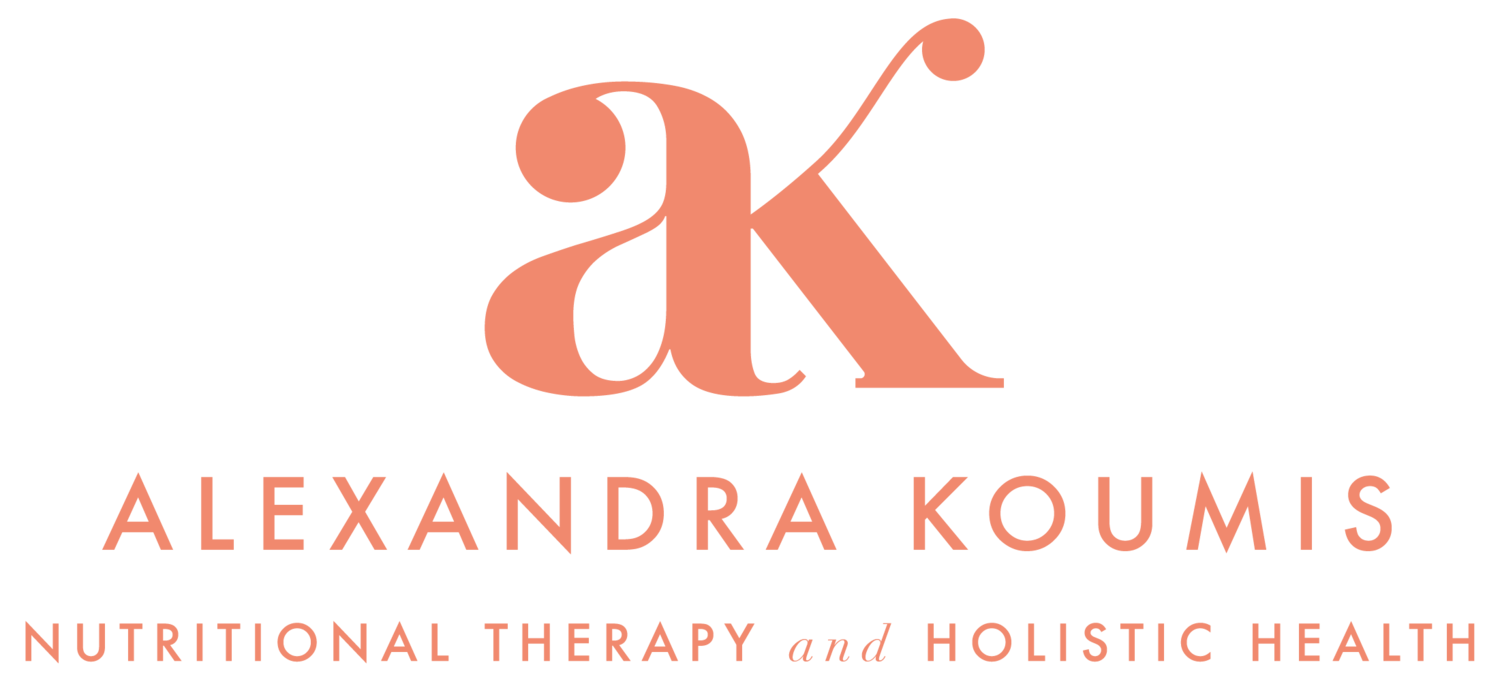Yoga Styles
Explore and find the yoga for you.
Explore yoga styles and find the right one for you
Ashtanga Vinyasa
Ashtanga Vinyasa Yoga comes from the Hatha yoga lineage. It is a flowing form of yoga that is dynamic and unfolding. It’s union of movement, breath, bhanda (body locks) and Drishti (gaze) allows the practitioner to achieve to a moving meditation state through repeating a set of asanas.
This allows the practitioner to delve into a deeper connection with their body, mind and spirit. Ashtanga Vinyasa yoga works to release stagnant energy, opening the flow of prana within the body. Whilst also building a balance of strength and flexibility.
Ashtanga Vinyasa can be taught as a led class or Mysore style; where the practitioner works through the sequence themselves under the guidance and supervision of the teacher. I like to think of this as yoga personal training - Mysore allows you to develop your personal practice with individual guidance, verbal or physical adjustment to allow you to delve deeper.
Yin Yoga
Yin Yoga is a beautiful slow practice that integrates the use of Traditional Chinese Medicine energy meridians.
Asanas (postures) are held for a longer amount of time – typically 3 – 5 minutes. This invites the body to fully relax at the fascial level and connective tissues and work energetically at the energy gates and meridians these positions stimulate. Encouraging the flow of Qi through its easing of the body and mind into stillness.
Although in stillness we are in concentration and awareness of our body. In Yin Yoga we can bring about a profound self-healing. Yin Yoga weaves meditation, breath work, visualisation, sound and self-massage into the practice. With the aim to fully open the circulation of life force energy.
In Yin Yoga we use a number of props to make it comfortable and adaptable for all body abilities. These include plenty of pillows, bolsters, blocks and blankets!
Hormone Yoga therapy
Hormone Yoga therapy is a system of specific yoga practices targeting the endocrine and nervous systems, designed by Dinah Rodriguez, Yoga teacher and Dr of Psychology.
The practice is developed to help those with hormonal imbalances including the symptoms of perimenopause, menopause and hypothyroidism. It improves the symptoms of premenstrual syndrome, polycystic ovarian syndrome and infertility.
It is also suitable for men and helps to increase testosterone levels and Prostate health.
The practice encompasses pranayama, asana with specific breathing practices and therapeutic Yoga Nidra (yogic sleep). This helps to rejuvenate and rebalance the endocrine glands which govern hormone production. Whilst correspondingly harmonising the nervous system, especially the adrenal glands which are often implicated within hormone dysregulation.
There are certain contraindications to yoga therapy;
Those with high oestrogen and associated disorders including Endometriosis, myeloma or breast Cancer
During pregnancy
Directly after surgery
Please contact me for more information or to ask any questions.
Yoga Nidra
Yoga Nidra is a powerful technique which takes you into a state of conscious relaxation.
Yoga Nidra is a Yogic Sleep practice and works at the deep state of body relaxation which can seem like sleep, but the consciousness is functioning at a deeper level of awareness. It is at this point between sleep and wakefulness, contact with the subconscious and unconscious dimensions occur. The practice of Yoga Nidra enables one to receive intuitions of the unconscious mind.
In Yoga Nidra the state of relaxation is reached by turning inwards, away from outer experiences. You are guided into this state and through the Yoga Nidra practice by following the voice of the teacher. You practice lying down with blankets, cushions and eye mask for ultimate relaxation.
Yoga Nidra – The Blissful Relaxation
Most people sleep without resolving their tensions,
This is termed nidra.
Nidra means sleep, no matter what or why,
But yoga nidra means sleep after throwing off the burdens,
It is of a blissful, higher quality altogether.
When awareness is separate and distinct from the vrittis,
When waking and dream and deep sleep pass like clouds,
Yet awareness of atma remains
This is the experience if total relaxation.
Relaxation does not mean sleep.
Relaxation means to be blissfully happy,
It has no end.
I call bliss absolute relaxation;
Sleep is a different matter.
Sleep gives only mind and sense relaxation.
Bliss relaxes the atma, the inner self;
That is why in tantra,
Yoga nidra is the doorway to samadhi.
- Swami Satyananda Saraswati






